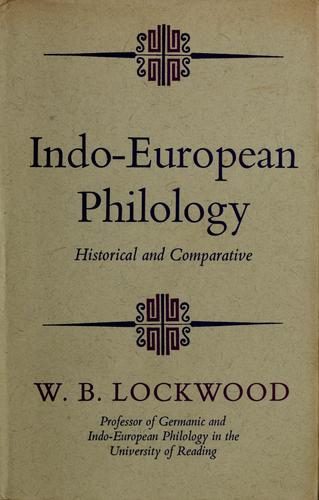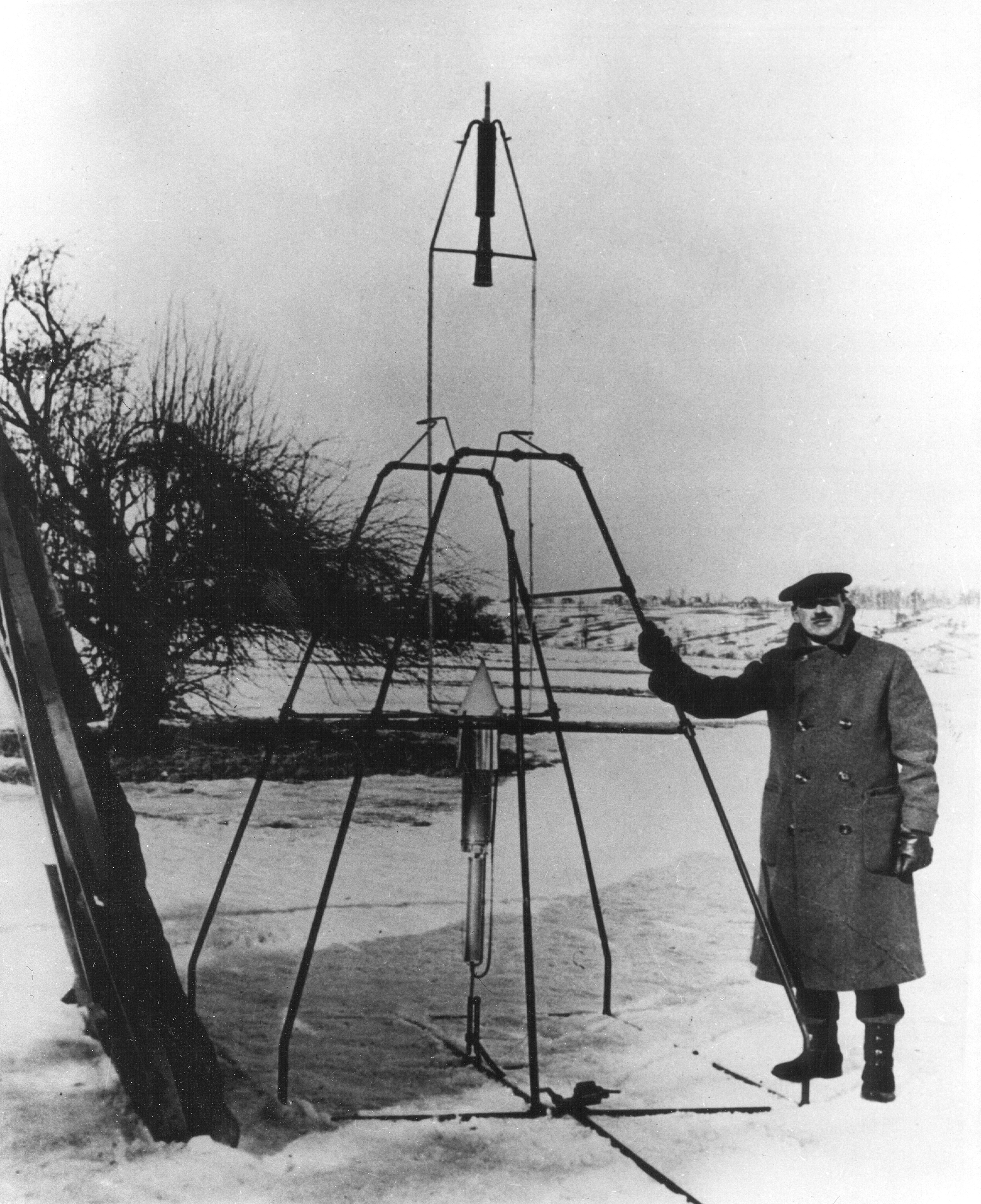|
Enrica Follieri
Enrica Follieri (5 December 1926 – 11 December 1999) was an Italian philologist and paleographer, specialized in Byzantine literature and hagiography. She spent her whole academic career at La Sapienza University of Rome. Biography Born in Rome in a family of Pugliese origins (her parents were from Foggia), she graduated in Classics from La Sapienza University in 1948, tutored by Byzantinist Silvio Giuseppe Mercati. She immediately became Assistant of Antonio Maria Cervi, then Professor of Classical Philology, and of Mercati, and then also of Ciro Giannelli who succeeded Mercati. She obtained habilitation ("libera docenza") in Byzantine philology in 1960 and in Greek Paleography in the following year, and became Professor of Greek Paleography at the Scuola Speciale per Archivisti e Bibliotecari (connected to La Sapienza) from 1961 to 1975. In 1976 she applied for the Chairs of Byzantine Philology and Greek Paleography at La Sapienza, winning both; she chose to hold the forme ... [...More Info...] [...Related Items...] OR: [Wikipedia] [Google] [Baidu] |
Philology
Philology () is the study of language in Oral tradition, oral and writing, written historical sources. It is the intersection of textual criticism, literary criticism, history, and linguistics with strong ties to etymology. Philology is also defined as the study of literary texts and oral and written records, the establishment of their authentication, authenticity and their original form, and the determination of their meaning. A person who pursues this kind of study is known as a philologist. In older usage, especially British, philology is more general, covering comparative linguistics, comparative and historical linguistics. Classical philology studies classical languages. Classical philology principally originated from the Library of Pergamum and the Library of Alexandria around the fourth century BC, continued by Greeks and Romans throughout the Roman Empire, Roman and Byzantine Empire. It was eventually resumed by European scholars of the Renaissance humanism, Renaissance, ... [...More Info...] [...Related Items...] OR: [Wikipedia] [Google] [Baidu] |
Ciro Giannelli
Ciro is a name originally related to Cyrus the Great (the king of Persia): *Ciro (given name), a list of the people who share the Italian and Spanish given name *Ćiro (given name), a list of the people who share the Croatian given name *Ciro (opera), 1654 opera by Francesco Cavalli *Cyrus Cuneo (1879-1916), Italian American artist who was generally known as Ciro CIRO is also an abbreviation for the Canadian Investment Regulatory Organization. See also *Cirò (other) *Ciro's Ciro's (later known as Ciro's Le Disc) was a nightclub on Sunset Boulevard in West Hollywood, California owned by William Wilkerson. Opened in 1940, Ciro's became a popular nightspot for celebrities. The nightclub closed in 1960 and was reopen ..., nightclub in Los Angeles * Ciro's (London), a branch of a nightclub/restaurant chain 1897—? {{disambig ... [...More Info...] [...Related Items...] OR: [Wikipedia] [Google] [Baidu] |
1999 Deaths
This is a list of lists of deaths of notable people, organized by year. New deaths articles are added to their respective month (e.g., Deaths in ) and then linked below. 2025 2024 2023 2022 2021 2020 2019 2018 2017 2016 2015 2014 2013 2012 2011 2010 2009 2008 2007 2006 2005 2004 2003 2002 2001 2000 1999 1998 1997 1996 1995 1994 1993 1992 1991 1990 1989 1988 1987 1986 Earlier years ''Deaths in years earlier than this can usually be found in the main articles of the years.'' See also * Lists of deaths by day * Deaths by year (category) {{DEFAULTSORT:deaths by year ... [...More Info...] [...Related Items...] OR: [Wikipedia] [Google] [Baidu] |
1926 Births
In Turkey, the year technically contained only 352 days. As Friday, December 18, 1926 ''(Julian Calendar)'' was followed by Saturday, January 1, 1927 '' (Gregorian Calendar)''. 13 days were dropped to make the switch. Turkey thus became the last country to officially adopt the Gregorian Calendar, which ended the 344-year calendrical switch around the world that took place in October, 1582 by virtue of the Papal Bull made by Pope Gregory XIII. Events January * January 3 – Theodoros Pangalos declares himself dictator in Greece. * January 8 **Ibn Saud is crowned ruler of the Kingdom of Hejaz. ** Crown Prince Nguyễn Phúc Vĩnh Thuy ascends the throne as Bảo Đại, the last monarch of the Nguyễn dynasty of the Kingdom of Vietnam. * January 16 – A British Broadcasting Company radio play by Ronald Knox about workers' revolution in London causes a panic among those who have not heard the preliminary announcement that it is a satire on broadcasting. * January 21 ... [...More Info...] [...Related Items...] OR: [Wikipedia] [Google] [Baidu] |
Vera Von Falkenhausen
Vera von Falkenhausen (born 1938) is a German Byzantinist who lives and works in Italy. Life Vera von Falkenhausen pursued Byzantine studies at the University of Munich, where she made her thesis in 1966 under Hans-Georg Beck. She then spent the years 1968–1970 at the Dumbarton Oaks Center for Byzantine Studies in Washington, D.C., on a scholarship. Since 1974 she has been active as a professor of Byzantine history and literature at the universities of Pisa, Basilicata (Potenza), Chieti, and finally at Rome Tor Vergata. Since 2007 she is a professor emerita. Her field of research are the various aspects of Byzantine rule in southern Italy and Sicily. Much of her work has been devoted to the analysis and critical edition of Greek primary sources. Since 2006 she is the editor of the ''Archivio storico per la Calabria e la Lucania'', founded in 1931 by Paolo Orsi and Umberto Zanotti Bianco, on behalf of the Associazione Nazionale per gli Interessi del Mezzogiorno d'Italia. I ... [...More Info...] [...Related Items...] OR: [Wikipedia] [Google] [Baidu] |
Germany
Germany, officially the Federal Republic of Germany, is a country in Central Europe. It lies between the Baltic Sea and the North Sea to the north and the Alps to the south. Its sixteen States of Germany, constituent states have a total population of over 84 million in an area of , making it the most populous member state of the European Union. It borders Denmark to the north, Poland and the Czech Republic to the east, Austria and Switzerland to the south, and France, Luxembourg, Belgium, and the Netherlands to the west. The Capital of Germany, nation's capital and List of cities in Germany by population, most populous city is Berlin and its main financial centre is Frankfurt; the largest urban area is the Ruhr. Settlement in the territory of modern Germany began in the Lower Paleolithic, with various tribes inhabiting it from the Neolithic onward, chiefly the Celts. Various Germanic peoples, Germanic tribes have inhabited the northern parts of modern Germany since classical ... [...More Info...] [...Related Items...] OR: [Wikipedia] [Google] [Baidu] |
Maria Follieri
Maria Follieri (1932–2012) was a pioneering Italian archaeobotanist and held the Chair of Palaeobotany at La Sapienza. Early life Follieri was born in Rome in 1932. She studied Natural Sciences at the University La Sapienza, graduating in 1954. Career Early work included studies of fossil leaves from a site near Rome. She lectured at La Sapienza in palaeobotany from 1965 onwards, being appointed Associate Professor in 1980. In 1986, she was promoted to Professor of Botany at the Faculty of Mathematical, Physical and Natural Sciences, before being appointed to the Chair of Palaeobotany in 1991. Follieri was one of the co-founders of the International Work Group for Palaeoethnobotany in 1966, alongside Maria Hopf and Jane Renfrew. Her research spanned multiple themes, include the study of palaeoeclimate, palaeoethnobotany, and palaeovegetation, and chronologically, from the Quaternary period to the Classical world. She studied the archaeobotanical contents of the sewer of ... [...More Info...] [...Related Items...] OR: [Wikipedia] [Google] [Baidu] |
Latin Paleography
The Latin script is the most widely used alphabet, alphabetic writing system in the world. It is the standard script of the English language and is often referred to simply as "the alphabet" in English. It is a true alphabet which originated in the 7th century BC in Italy and has changed continually over the last 2,500 years. It has roots in the Semitic alphabet and its offshoot alphabets, the Phoenician alphabet, Phoenician, Greek alphabet, Greek, and Etruscan alphabet, Etruscan. The phonetic values of some letters Latin spelling and pronunciation, changed, some letters were lost and gained, and several writing styles ("hands") developed. Two such styles, the minuscule cursive, minuscule and majuscule hands, were combined into one script with alternate forms for the lower and upper Letter case, case letters. Modern uppercase letters differ only slightly from their classical counterparts, and there are few regional variants. Summary of evolution The Latin alphabet started out as u ... [...More Info...] [...Related Items...] OR: [Wikipedia] [Google] [Baidu] |

